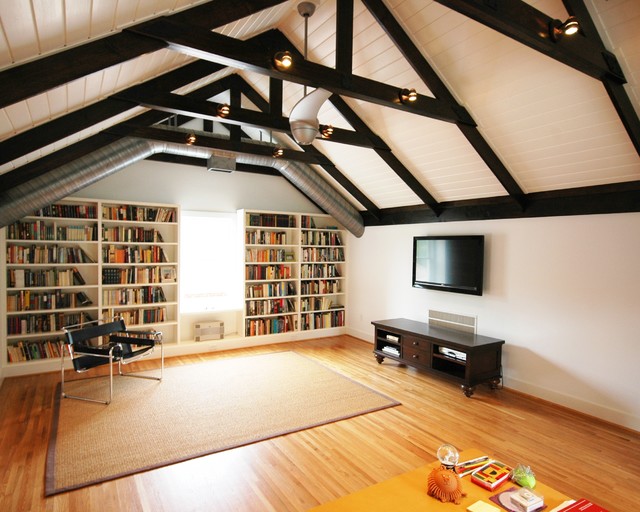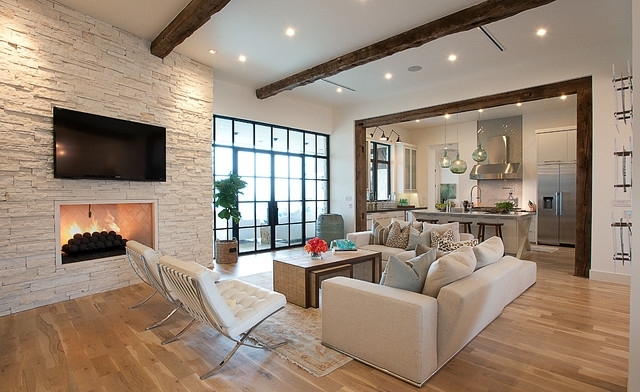Cost Effective Energy Efficiency
Today's article will feature educational tips from the experts at Modernize. They have shared 5 simple ways to upgrade your Halifax home by making it more energy efficient.
via Modernize
Low
Flow Filters

Every time we flush the toilet or wait for
the shower to heat up, we are wasting water. Countless gallons of water are
wasted every day. Low flow filters help you and your family consume water more
thoughtfully by regulating the amount that comes out when you turn on a faucet.
While you may want a professional to help you upgrade your toilet, you can
easily switch out fixtures like your faucets and showerheads on your own.
Prepare to save on your utility bills!
Windows
and Doors
 Living Space by Case Design/Remodeling
Living Space by Case Design/RemodelingThe more tightly you seal the spaces around your windows and doors, the less cool air sneaks into your home to cancel out the efforts of your HVAC. When your HVAC isn't having to fight cold air coming in from outside, it doesn't cost you as much. Weatherstripping is one of the most cost-effective measures—the supplies you need are affordable hardware store finds, and you can easily do the job yourself.
Programmable
Thermostat

Heating and cooling are the biggest
money-eating monsters in your home. But so much of what you spend on heating
and cooling may be unnecessary, especially if your settings stay the same when
you’re gone as when you’re at home. A programmable thermostat takes the gray
area out of making your home the right temperature. Instead of leaving your AC
on full blast on a hot summer day while you’re at work, you can program it to
kick in an hour before you get home. Smart thermostats take it even further by
allowing you to program it from your device and giving your updates on your
HVAC’s energy efficiency.
Ceiling
Fans

Insulation
 Attic by Case Design/Remodeling
Attic by Case Design/RemodelingAir leaks and improper insulation waste a lot of energy. They also contribute to difficulty stabilizing indoor temperatures. By replacing the insulation, especially in an unfinished attic, you can not only save money but also reduce pollutants, reduce noise coming from outside, and keep out potentially destructive humidity. Even though you don’t see the leaks or feel the air from outdoors sneaking in, failing to properly insulate your home is as bad for your wallet as leaving a door open.

No comments:
Post a Comment